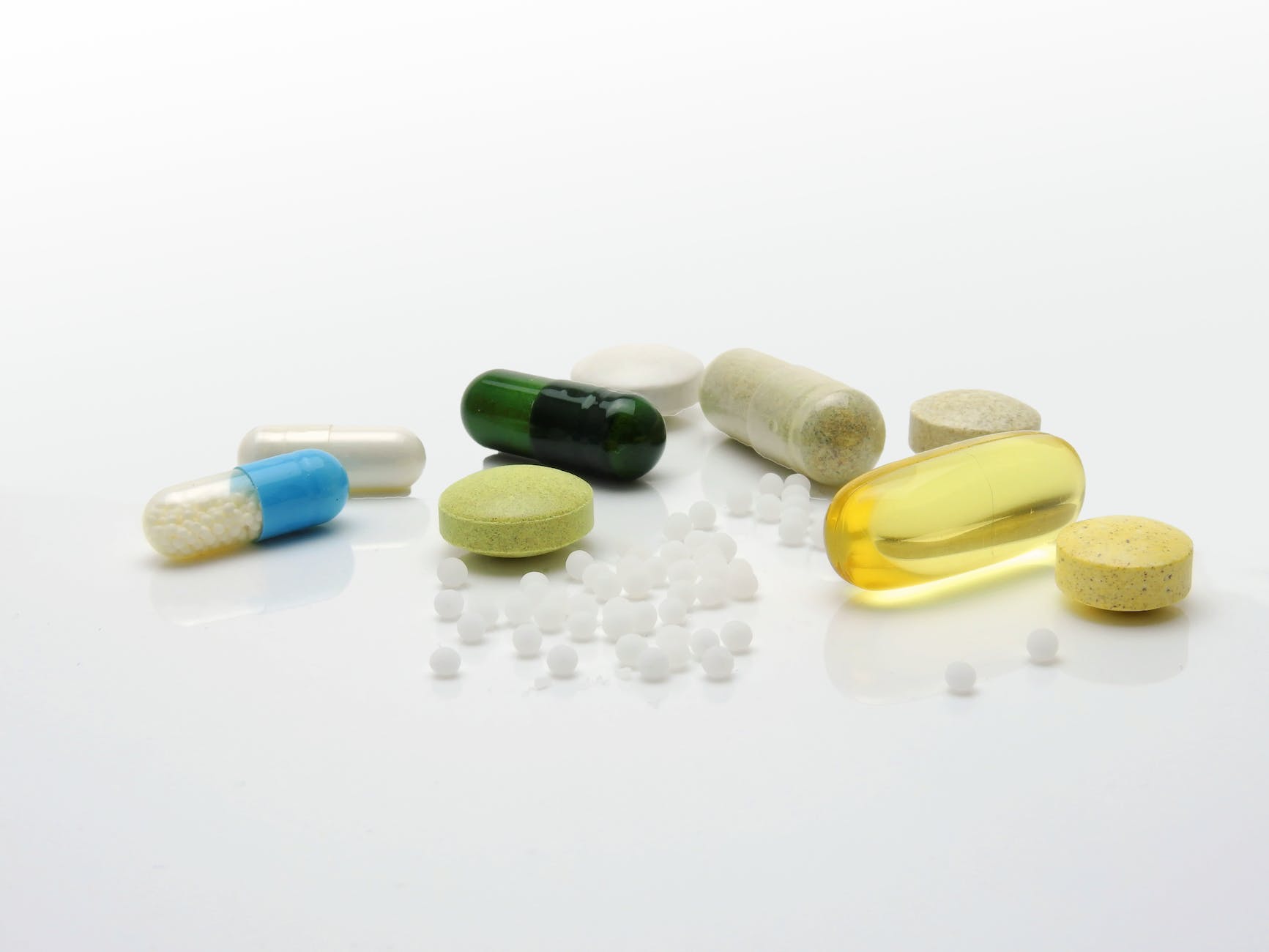
Drugs
In recent years, the use of performance-enhancing drugs has stirred up heated debates and controversies. Both amateur and professional athletes have used these substances to achieve improved performance. With different opinions on this subject out there, you must understand the facts, risks, and ethical considerations surrounding performance-enhancing drugs. Here are a few things you should know:
- Common performance-enhancing drugs
The term performance-enhancing drug refers to any substance that may affect normal human bodily processes in a way that improves athletic performance. These drugs augment bodily function in a way that the user gains a significant competitive edge over their non-users.
There is a wide variety of performance-enhancing drugs, each with its own set of effects on the body. The following are examples of some of the well-known performance-enhancing drugs:
- Cardarine
Cardarine is also known as GW-501516. One of the reasons why cardarine has gained attention is that it is not believed to have the same suppressive effects on natural testosterone production as traditional anabolic steroids. This makes it appealing to some athletes who are looking for performance-enhancing substances that may have fewer hormonal side effects. Cardarine belongs to the category of Selective Androgen Receptor Modulators (SARMs), so don’t confuse it with peptides. To better understand these two categories, you can read content on SARMs vs Peptides; it will help you choose a healthier option.
- Beta-blockers
Pistol shooters and archers sometimes use beta-blockers like propranolol to reduce performance anxiety by decreasing sweating and trembling. This can help athletes maintain a steadier hand and perform better in a competition, which is why they are strictly banned. Other banned beta-blockers in these sports include atenolol, alprenolol, acebutolol, bisoprolol, and metoprolol.
- Albuterol
Albuterol is a well-known asthma drug that relaxes bronchial muscles to allow easier breathing. Athletes with asthma often use inhaled albuterol to manage their symptoms and compete without shortness of breath. When albuterol is taken orally or by injection, it has been found to have anabolic properties similar to steroids.
- Diuretics
Diuretics are used by athletes to mask steroid use. These drugs increase urine output, which makes athletes lose weight by expelling fluids and salts from the body. This can dilute urine and decrease the concentration of steroids, making it harder for them to be detected during drug tests. Some athletes also use diuretics to compete in lower weight categories by expelling large amounts of fluid from their bodies, and then stop taking the pills before the event to return to their original weight.
- Creatine
Creatine is a popular over-the-counter performance-enhancing substance. It has been studied for its potential benefits in sports performance, particularly in activities that require short bursts of high-intensity activities, such as weightlifting and sprinting. However, excessive usage can lead to problems, so athletes should consult their fitness trainers before using it.
- Gamma hydroxybutyrate
Before gaining infamy as a date rape drug, GHB was believed to have potential benefits in exercise performance and muscle mass. However, GHB has been associated with risks and adverse side effects, including withdrawal symptoms, addiction, and even fatalities. Despite being banned, there have been cases of misuse, including reported use by bodybuilders and individuals seeking alternatives to steroids.
- Testing methods
Drug testing is crucial in identifying and apprehending athletes who use performance-enhancing drugs. They help level the playing field and ensure that athletes compete based on their natural abilities rather than relying on shady shortcuts.
One common method is urine testing. As the name entails, athletes provide a sample in this method, which is analyzed for banned substances. But it is not just urine – blood, hair, and even saliva can also be tested to catch bad guys and girls who try to cheat their way to the top. Moreover, anti-doping organizations also use surprise testing, out-of-competition testing, and other clever strategies to keep athletes on their toes. They even have the Athlete Biological Passport (ABP). It keeps tabs on an athlete’s biological markers to detect suspicious activity.
However, even with the best testing methods, errors can sneak through, which is why stringent mechanisms are in place to ensure the process is impartial and reliable for the most part. Athletes also have the right to appeal if they feel they have been wrongly accused.
- Health consequences
Imagine a world where athletes could easily reach their highest levels of performance and outperform rivals and break records. It sounds like a dream come true, right? Well, that is precisely what performance-enhancing drugs promise – a faster route to sporting glory. However, beneath the surface of these seemingly miraculous substances lie some ugly health consequences, both in the short-term and long-term Some of the potential risks associated with these substances include:
- Hormonal imbalances: performance-enhancing drugs can disrupt the delicate balance of hormones in the body. It may lead to a variety of adverse effects on physical and mental health.
- Musculoskeletal issues: While these drugs may initially promote muscle growth and strength, they could develop musculoskeletal problems such as tendon ruptures, ligament injuries, and bone abnormalities.
- Cardiovascular diseases: Certain performance-enhancing drugs are notorious for increasing the risk of heart attacks, strokes, and other cardiovascular problems due to their effects on blood pressure, cholesterol levels, and heart function.
- Psychological effects: The adverse psychological effects of these substances include irritability, hostility, melancholy, and anxiety.
- Legal implications
Athletes caught using illegal substances are subject to penalties like suspensions, fines, or even elimination from tournaments. These punishments can damage an athlete’s reputation and career. Apart from sporting sanctions, there may be legal repercussions in the form of civil or criminal charges. The possession, distribution, or trafficking of performance-enhancing drugs can be illegal under national or international laws, leading to legal proceedings and potential fines or imprisonment.
Furthermore, coaches, team officials, and others who aid or abet athletes’ use of performance-enhancing drugs may also be liable for legal repercussions. It can include charges of aiding and abetting, conspiracy, or other criminal offenses. It bears worth mentioning that legal implications may vary depending on the jurisdiction and the case’s specific circumstances.
Conclusion
While performance-enhancing drugs may offer potential benefits to athletic performance, they also pose significant health risks and can result in damage to an athlete’s reputation. It is crucial for athletes, coaches, and everyone involved in sports to have a comprehensive understanding of these drugs and to explore safe and legal alternatives for enhancing athletic performance.






